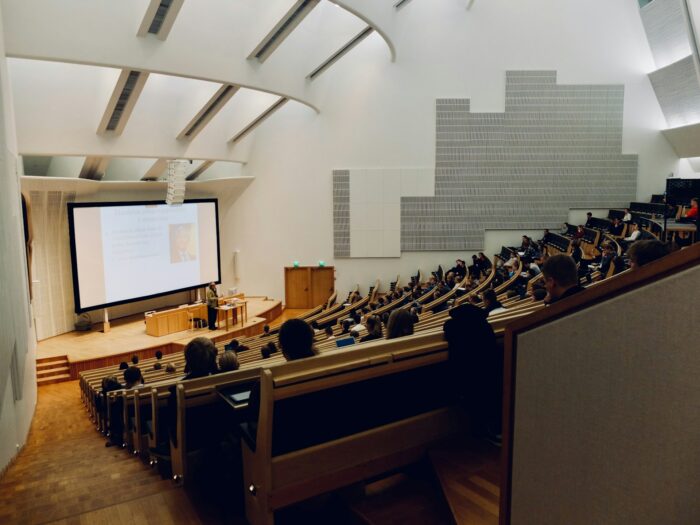While universities are symbols of success, achievement, and intellectual stimulation, it appears that many universities have yet to enter the world of digital, computer-based learning. The Toronto Star‘s Don Tapscott explains how many universities are reluctant to use innovative, computer-based learning strategies. Instead, they still use age-old instructional models, such as broadcast learning. In this model, students are merely passive learners. The opportunity for them to be actively engaged in their education is erased in the university, which can have detrimental effects on the students.

Tapscott explains how students of the 21st century are in for a shock as they enter universities. Students of today have been raised online, with much of their education being computer-based. Coming into a university and being expected to sit while a lone professor feeds them knowledge is not likely to bode well for their learning, success, or overall educational experience.
That universities still lag in computer-based learning not only impacts students, but reflects poorly on the universities themselves. Perhaps universities should be evaluated on more than their competitive admission rates or tuition costs. Rather than places where degrees are earned through passive learning, universities should be places where computer-based learning allows for discussion, collaboration, and inquiry. Tapscott poses the key question of why students must be limited to professors in their universities. Why can’t students take courses with professors from other universities, including those around the world?
So, who might be able to change the way universities develop their curricula and professors develop their lectures? Jeffery Bannister, former president of Butler College, states that students are the potential driving force behind change in the university. He states, “Wait till kids who are 14 and have grown up learning on the Net hit the (college) classroom – sparks are going to fly.”
Sparks are indeed likely to fly if large bodies of students are dissatisfied with their educational experiences. It’s time that universities enter the digital age, for the benefit of those current students who will be our future workforce.
Categorised in: Uncategorized
This post was written by Madeleine De Welles
